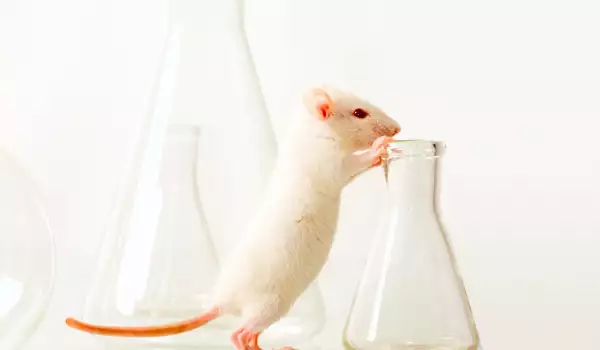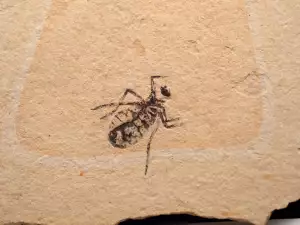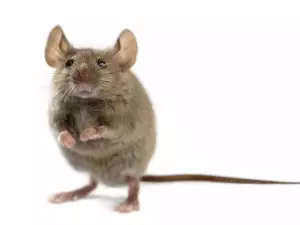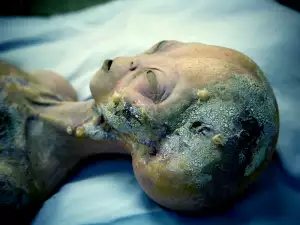The first experiments with animals for research purposes date all the way back to 500 BC. In the 19th century, there were experiments done on dogs, and a little later, some done on fruit flies, roundworms and others. Today, however, the most common animal used for experiments is the mouse.
In the long gone 1902, geneticist William Ernest Cassel began using mice for his research in his lab in Harvard University. Eventually, Dr. Cassel's team realized how many genetic similarities there were between mice and men. And so they began to look after mice, in order to unravel human nature as well.
Mice and men have a very similar genome - in 97.5 % of it, there are DNA similarities. The researchers point to the mouse as a means which makes it easier to understand the functional parts of the human genome. Further, these animals are used for testing human diseases on and mostly for the development of life-saving drugs.
For example, genes from sick people can be used in mice, with the goal of examining a disease as it runs its course and its method of action.

It is said that thanks to experiments with animals, medicine has managed to make a breakthrough in the past 100 years.
And the reason for mice to be the top choice for lab experiments is their genes' incredible similarity to those of man. In addition, lab mice live about 2-3 years, which allows for scientists to examine the consequences of the treatment used. In humans, this is impossible.
In clinical studies of various drugs, it is important to use mice without any genetic differences. In some cases, it's possible for the clinical studies to be carried out using human cells, before actually testing the drugs on people.
Nowadays, with the advances of medical technology and the availability of fake human organs, it is believed that it would be better and cheaper to use them as a model for lab testing, instead of experimenting on animals.









